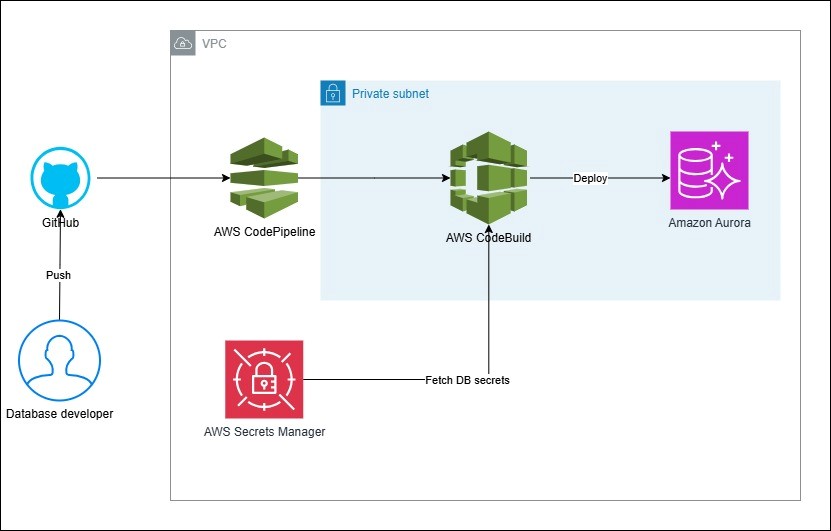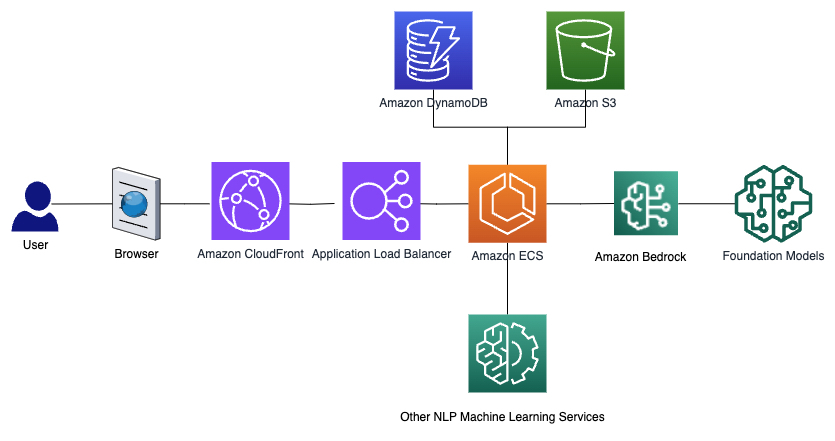You can migrate your NetApp ONTAP file systems to Amazon FSx for NetApp ONTAP using NetApp SnapMirror.
NetApp SnapMirror employs block-level replication between two ONTAP file systems, replicating data from a specified source volume to a destination volume. We recommend using SnapMirror to migrate on-premise NetApp ONTAP file systems to FSx for ONTAP. NetApp SnapMirror’s block-level replication is quick and efficient even for file systems with:
- Complex directory structures
- Over 50 million files
- Very small file sizes (on the order of kilobytes)
When you use SnapMirror to migrate to FSx for ONTAP, deduplicated and compressed data remains in those states, which reduces transfer times and reduces the amount of bandwidth required for migration. Snapshots that exist on the source ONTAP volumes are preserved when migrated to the destination volumes. Migrating your on-premises NetApp ONTAP file systems to FSx for ONTAP involves the following high level tasks:
- Create the destination volume in Amazon FSx.
- Gather source and destination logical interfaces (LIFs).
- Establish cluster peering between the source and destination file systems.
- Create an SVM peering relationship.
- Create the SnapMirror relationship.
- Maintain an updated destination cluster.
- Cut over to your FSx for ONTAP file system.
The following diagram illustrates the migration scenario described in this section.

To migrate to FSx for ONTAP using NetApp SnapMirror via the AWS console, follow these steps:
- Create an FSx for ONTAP file system: Using the AWS Management Console, create an FSx for ONTAP file system in your desired AWS region and VPC.
- Record source and destination intercluster LIFs: Identify and record the intercluster logical interfaces (LIFs) on both your source NetApp ONTAP cluster and your newly created FSx for ONTAP file system. These LIFs are used for SnapMirror communication.
- Establish cluster peering: Establish a cluster peering relationship between your source NetApp ONTAP cluster and your FSx for ONTAP file system. This allows the two clusters to communicate and exchange data.
- Create an SVM peering relationship: Create a Storage Virtual Machine (SVM) peering relationship between the SVMs on your source and destination clusters. This enables SnapMirror relationships to be created between volumes on the peered SVMs.
- Create the SnapMirror relationship: On your source NetApp ONTAP cluster, create a SnapMirror relationship to replicate data to your FSx for ONTAP file system. Specify the source and destination volumes, as well as the replication schedule.
- Transfer data: Initiate the SnapMirror transfer to begin replicating data from your source volume to your FSx for ONTAP file system. Monitor the transfer progress and ensure all data is successfully copied.
- Cut over to Amazon FSx: Once the data transfer is complete, cut over your clients and applications to use the FSx for ONTAP file system. This involves updating DNS records, mount points, or other configurations to point to the new file system.
For detailed instructions and best practices, refer to the Amazon FSx for NetApp ONTAP User Guide: https://docs.aws.amazon.com/fsx/latest/ONTAPGuide/
https://docs.aws.amazon.com/fsx/latest/ONTAPGuide/migrating-fsx-ontap-snapmirror.html




Leave a Reply